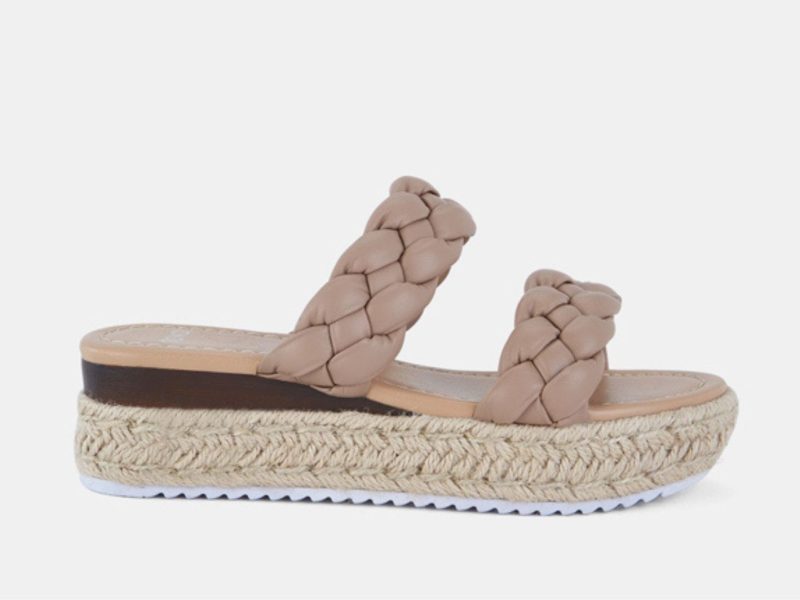No matter the size or budget of your business, the retail environment is crucial. Studies show that our sense of sight is the strongest of all, helping us make quick decisions at speed.
As a visual merchandiser, it is your job to create, visualize, and then display a range of products suited to whatever your need may be.
So, how can your visual merchandise use retail displays to its best advantage? Well, you’re in the right place! Here’s our visual merchandiser’s guide to buying retail displays.
Table of Contents
Define Your Display Needs
Before you begin shopping for retail displays, it’s important to define your specific display needs. Consider the size of your store, the types of products you sell, and the available space for displays. This will help you determine the types and sizes of displays you require. For example, if you sell apparel, you might need clothing racks, mannequins, and shelving units to display accessories.
Choose Displays that Complement Your Products
The displays you choose should complement your products and highlight their unique features. For instance, if you sell jewelry, you might want to select displays that showcase the pieces’ intricate details and designs. If you sell food items, you may want displays that make your products look more appetizing and showcase the packaging.
Consider the Materials and Quality
The quality of your displays can affect their durability and lifespan. When selecting retail displays, look for high-quality materials that can withstand wear and tear, such as metal, wood, or glass.
Plastic displays may be less expensive, but they may not be as durable as other materials. Gridwall shelves are a great way to showcase merchandise and create eye-catching displays. These shelves are available in a variety of sizes and designs and can be easily customized to suit the needs of any retail space.
Consider how often you plan to change out your displays and how much use they will receive before making your decision.
Think About Design and Style
Your display should match the overall aesthetic of your store. Choose displays that are cohesive with your brand and create a consistent look throughout your store.
For example, if you have a rustic-themed store, you might want displays made from reclaimed wood. If you have a sleek and modern store, you might opt for displays made from metal or glass.
Check for Customization Options
Customized displays can help your store stand out and uniquely showcase your products. Look for manufacturers or suppliers who offer customization options such as color, size, and branding. Customized displays can make your store more memorable and help you create a consistent brand image.
Consider the Cost
Retail displays can vary in price depending on their size, materials, and design. Determine your budget before you start shopping, and look for displays that offer the best value for your money. While it’s tempting to select the least expensive option, you should also consider the long-term costs associated with purchasing lower-quality displays that may need to be replaced more frequently.
Help Your Store Stand Out With the Best Retail Displays
The right retail displays can elevate visual merchandising to make a great first impression on customers. With so many options available, it’s worth taking the time to consider the materials, style, and size to ensure that the display will meet your shop’s needs. Give it a go today and experience the power of great visual merchandising.
For more helpful guides, check out the rest of our website.


